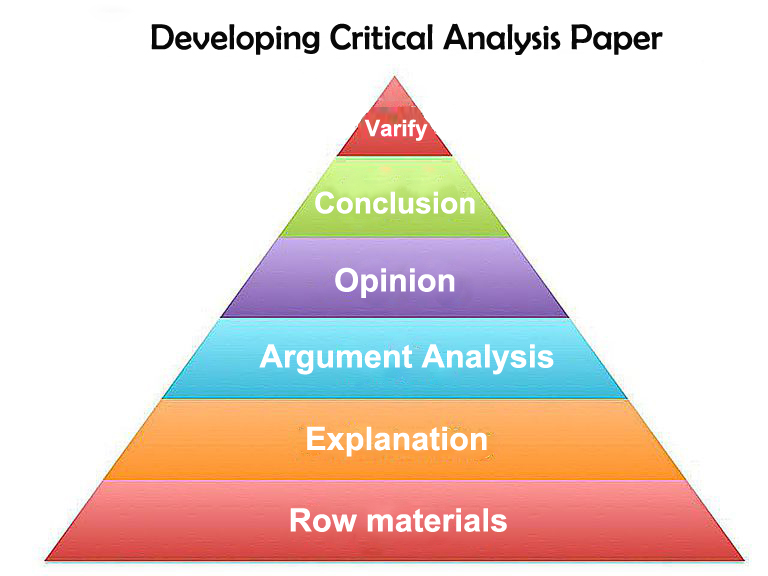
Necessary steps involved in developing a critical-analysis paper
By Jennifer Lawrence
If you are interested in creating a perfect critical-analysis report then you have to follow few important steps. If you research online, you can surely come to know about these steps.
Step: 1
Rough draft needs to be created including all necessary questions related to your critical-analysis paper. In this phase, necessary raw-materials need to be collected so that the analysis-structure can be developed. Without identifying argument-context it is not possible collecting relevant materials. Other essential factors that should be considered before preparing the draft are article effectiveness, responses, authors supporting arguments, probable problems and their respective solutions and many more.
Step: 2
On the basis of this rough-draft, critical-essays can be written. In this step, detailed explanations of essay-topics should be included. Critical-analysis purpose is evaluated correctly so that correct explanations can be written. Perfect sequences need to be followed including introduction, main-body and summary. Critical-reviews of thesis-statements along with author-work composition need to be included for strengthening the explanation part.

Step: 3
Argument analysis is one of the most important steps of any critical-analysis project. Here, all arguments need to be put forward so that they can be compared with each other. This comparison will help in getting the most creative and logical points supporting your theory-based explanations. Both strong and weak points can be easily detected and utilized for establishing the base of your analytical reports.
Step: 4
Only credible or legitimate sources need to be chosen in order to collect essential information or relevant resources. You can also reveal your personal-opinions so that the collected details can be supported. In case of critical analysis, personal-opinions are as valuable as references and gathered information. Your analysis-portion is simply incomplete without these opinions. If you do not reveal your opinions then it would be quite difficult in making your readers convinced about the concerned analysis. You can also share personal-experiences in order to make the review much more realistic and believable. If the readers have faced similar experiences in their life then they will be able to connect themselves easily.
Step: 5
Concluding part is the most interesting part where the whole jest of the discussion-part can be received. It needs to be developed in a sorted and crispy manner so that the readers can easily get a complete and detailed overview about the concerned project.
Step: 6
Proofreading is the best policy of detecting the defects and thus it needs to be continued for all sorts of critical-analysis projects without any fail. In this step your approach is being verified well by experts in order to check that whether you are on the right track or not. Expert verification is needed so that underlying flaws or mistakes can be easily detected and changed accordingly. If any additional points need to be added then they are added.
If the situation demands for more intricate facts and figures then you have to include them as well for bringing acute perfection. All negative points or aspects are eliminated and positive points are improved. Sometimes, expert’s views are also taken in this respect.